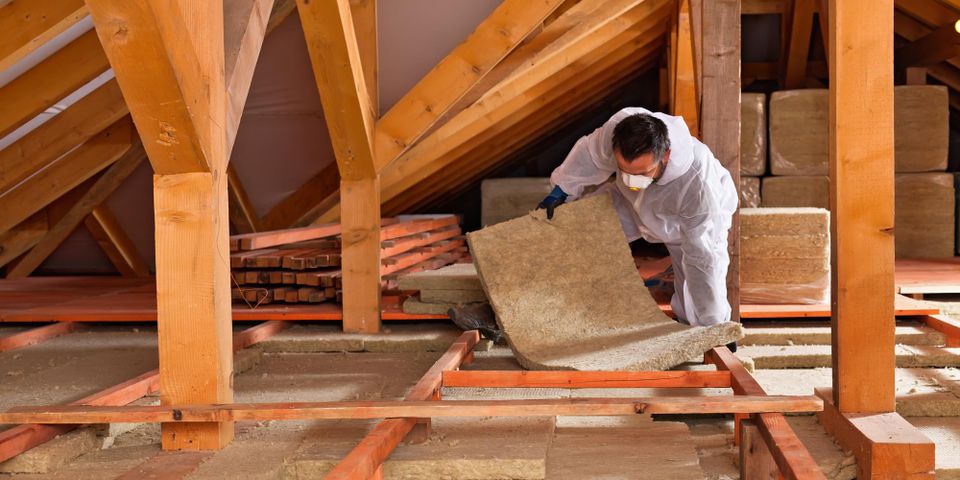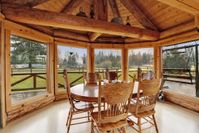A Brief History of Insulation From Stayton’s Trusted Building Materials Provider

For centuries, humans have been looking for a way to make their homes as comfortable as possible, regardless of the weather. Since the early days of construction, insulation has changed and developed into the efficient form we know today. At Freres Building Supply in Stayton, OR, their building materials experts share the history of insulation and how it changed structures from basic sheds to the homes we know today.
Early Structures Relied on Natural Insulation
 Before the advent of fiberglass and other insulative materials, people relied on natural materials to keep their homes warm. While logs typically have a good R-value, or insulation rating, they were uncommon for most structures across the world. After all, logs are heavy and difficult to work with. Twigs, thatch, and mud were more common, and while they did keep some of the weather out, they were not the most efficient building materials when it comes to keeping homes warm.
Before the advent of fiberglass and other insulative materials, people relied on natural materials to keep their homes warm. While logs typically have a good R-value, or insulation rating, they were uncommon for most structures across the world. After all, logs are heavy and difficult to work with. Twigs, thatch, and mud were more common, and while they did keep some of the weather out, they were not the most efficient building materials when it comes to keeping homes warm.
Modern Options
People living in log cabins had an advantage over more primitive structures. Thicker wood creates a more efficient barrier against the weather. However, it still needed to be sealed with frequent applications of mud or clay to help keep drafts at bay. While the materials worked and kept people warm during the coldest months, they’re not the most efficient materials and are not able to handle the unique demands of modern structures.
Now, homeowners have the option of using many materials to keep their homes warm. Most structures use fiberglass, which works to keep your home comfortable, even in extreme conditions. However, new materials are being developed every day. For homeowners looking for a sustainable and eco-friendly insulation option, wool or recycled denim may be preferable.
Whether you’re looking for classically inspired hardware or the best building materials in the industry, the team at Freres Building Supply can help. Visit their website to learn more about their available building materials and call (503) 769-2879 for more information on their current selection.
About the Business
Have a question? Ask the experts!
Send your question

